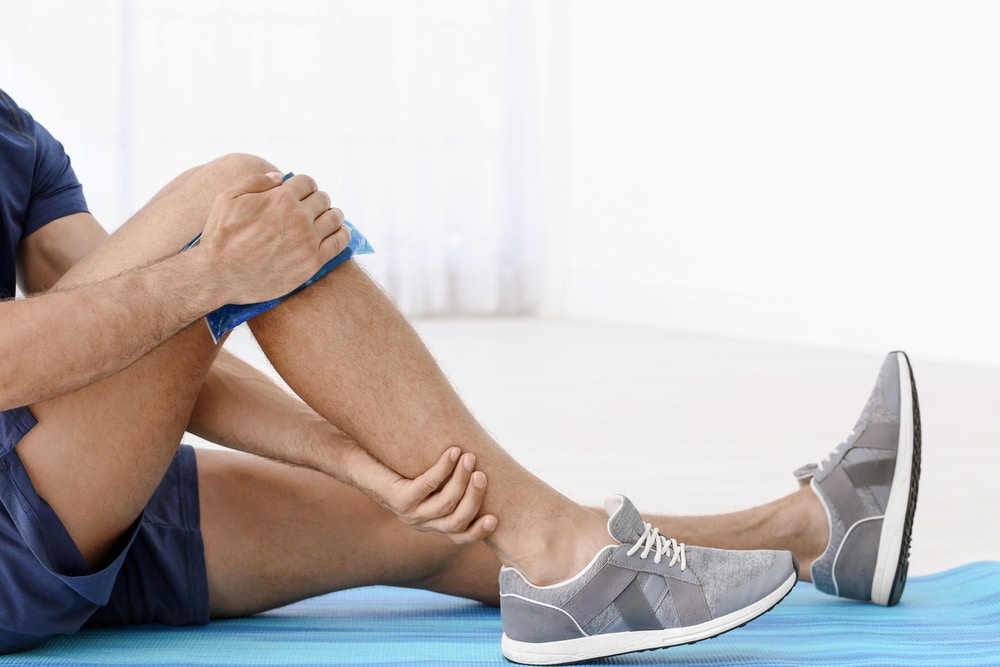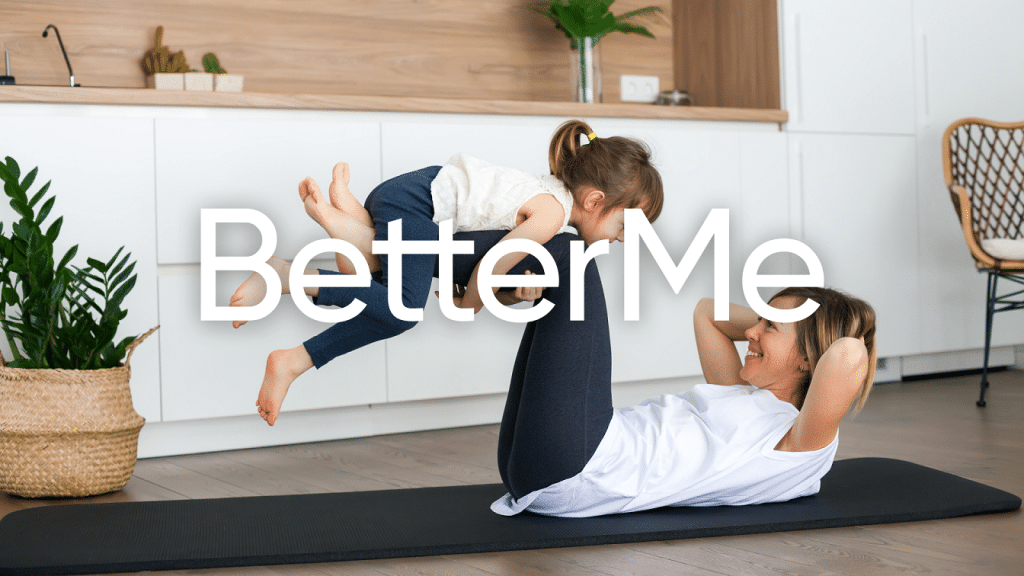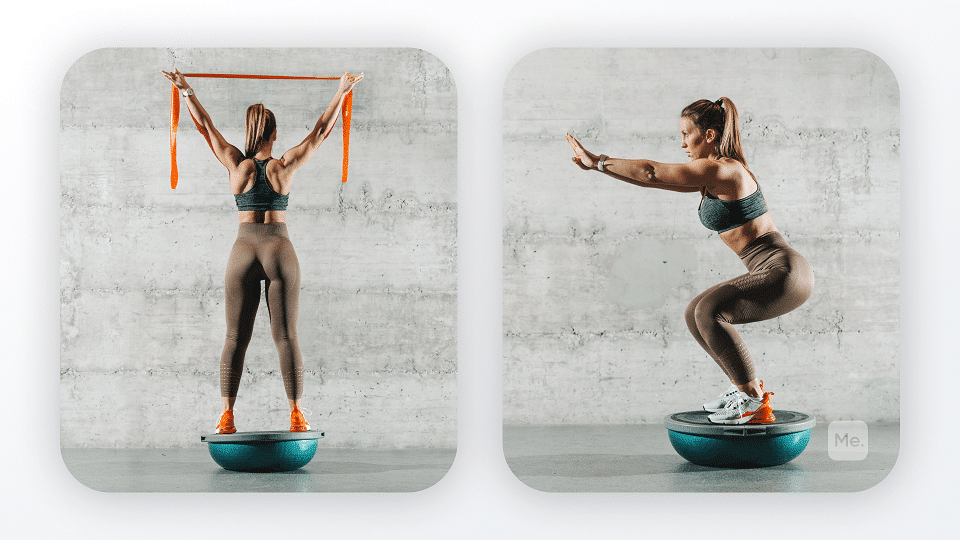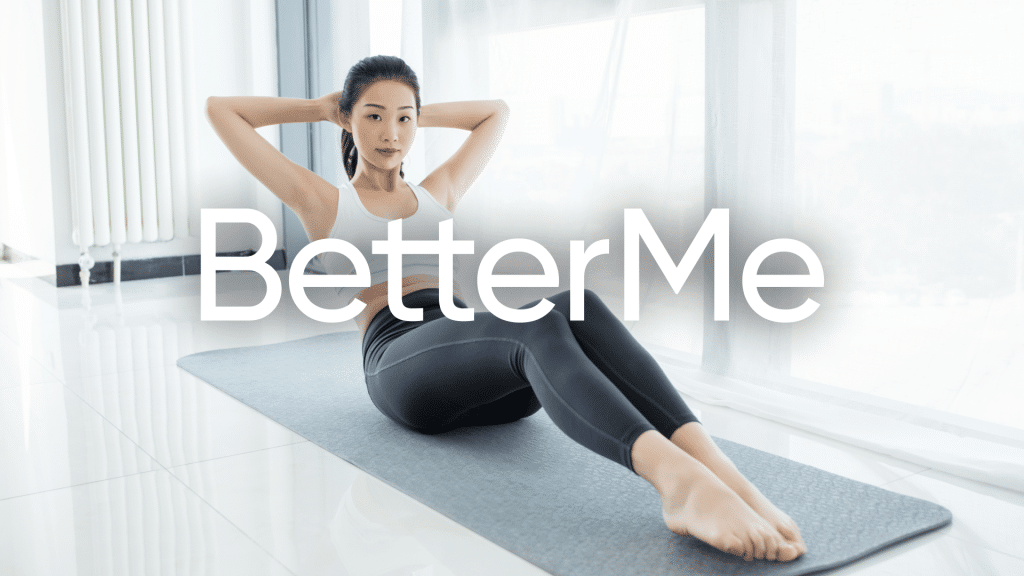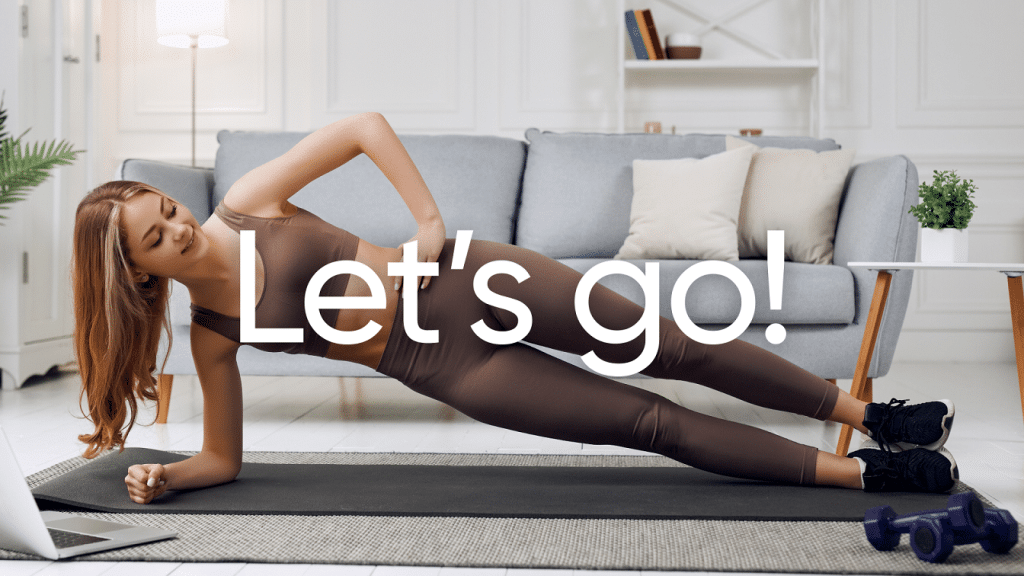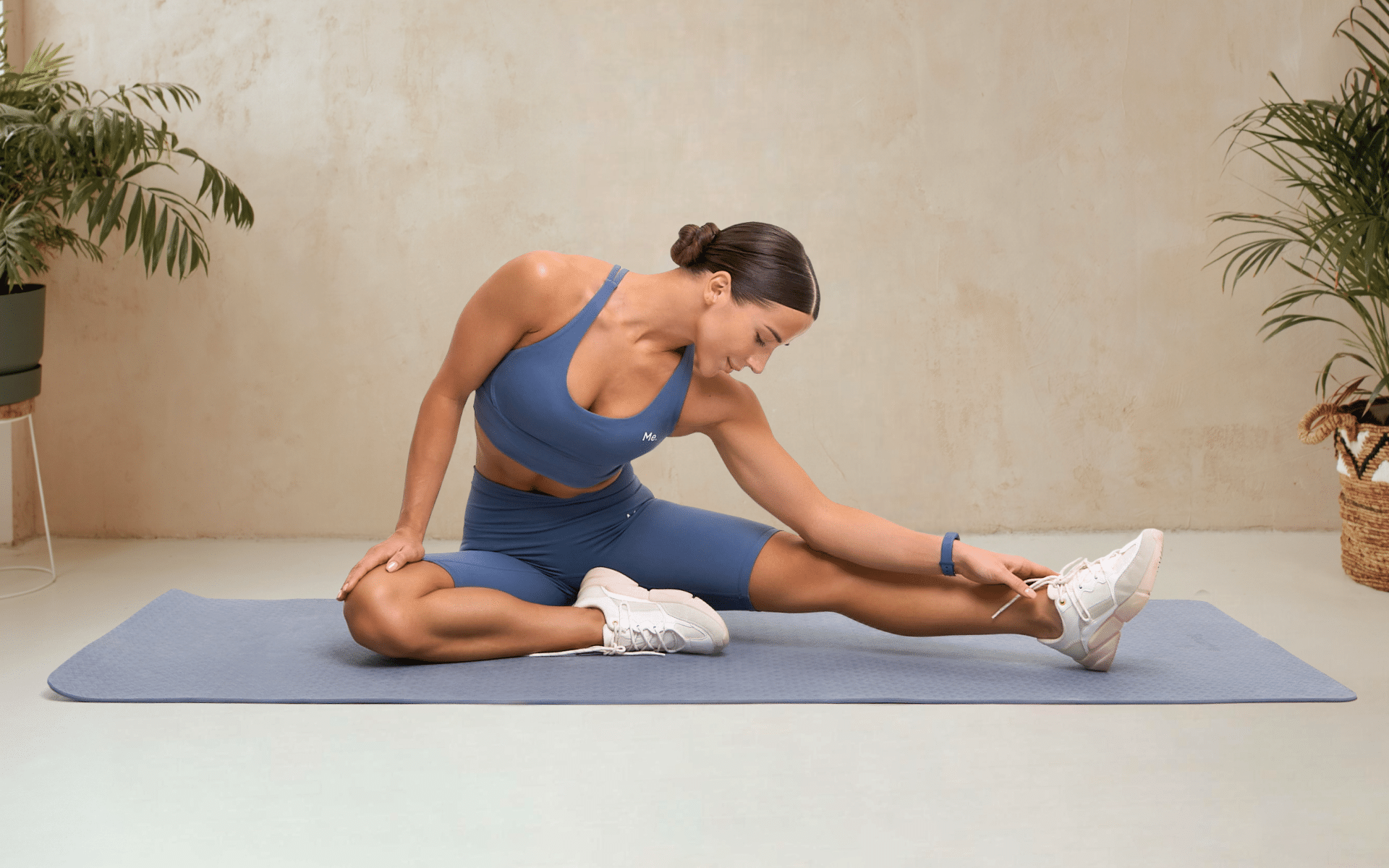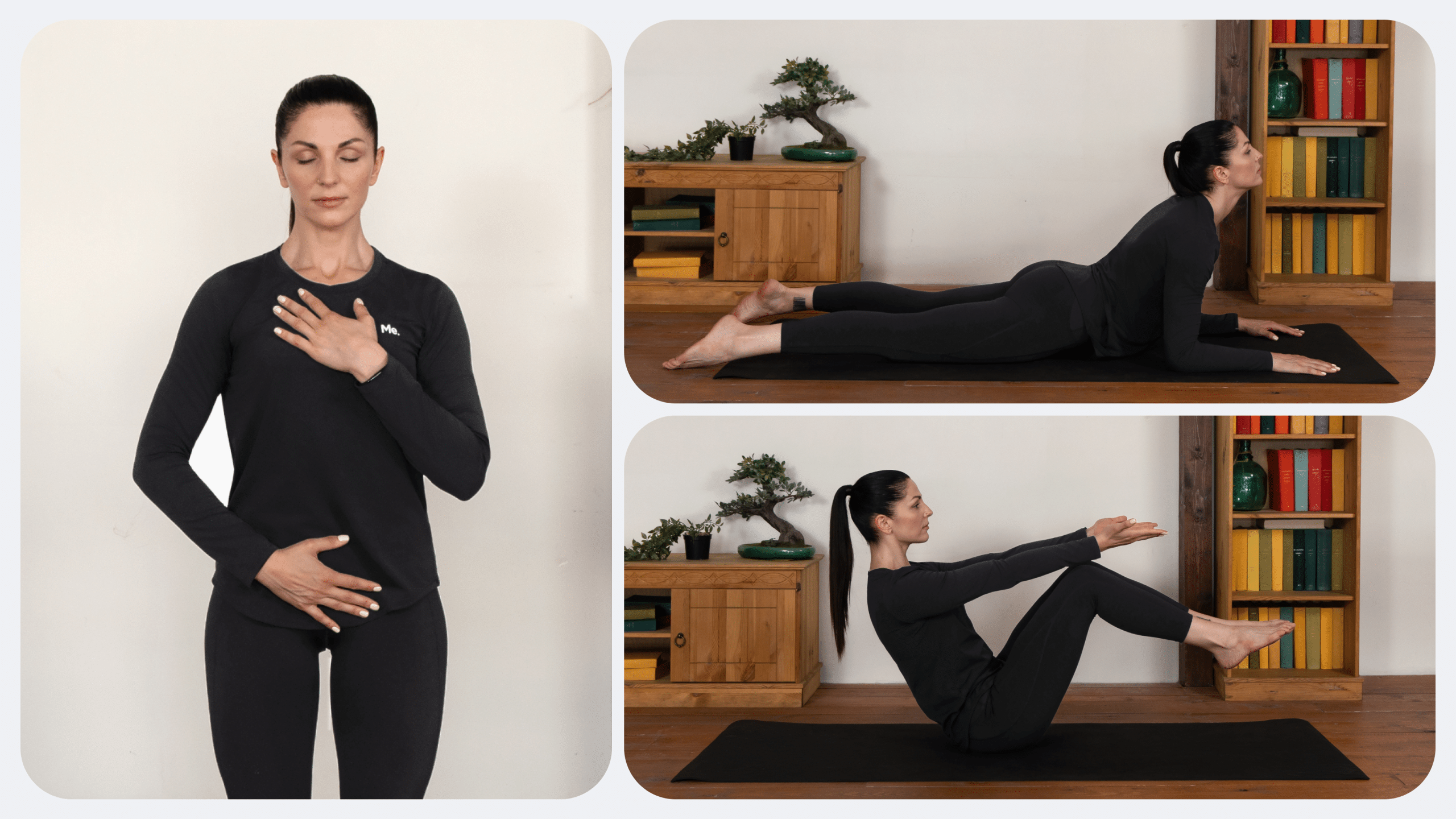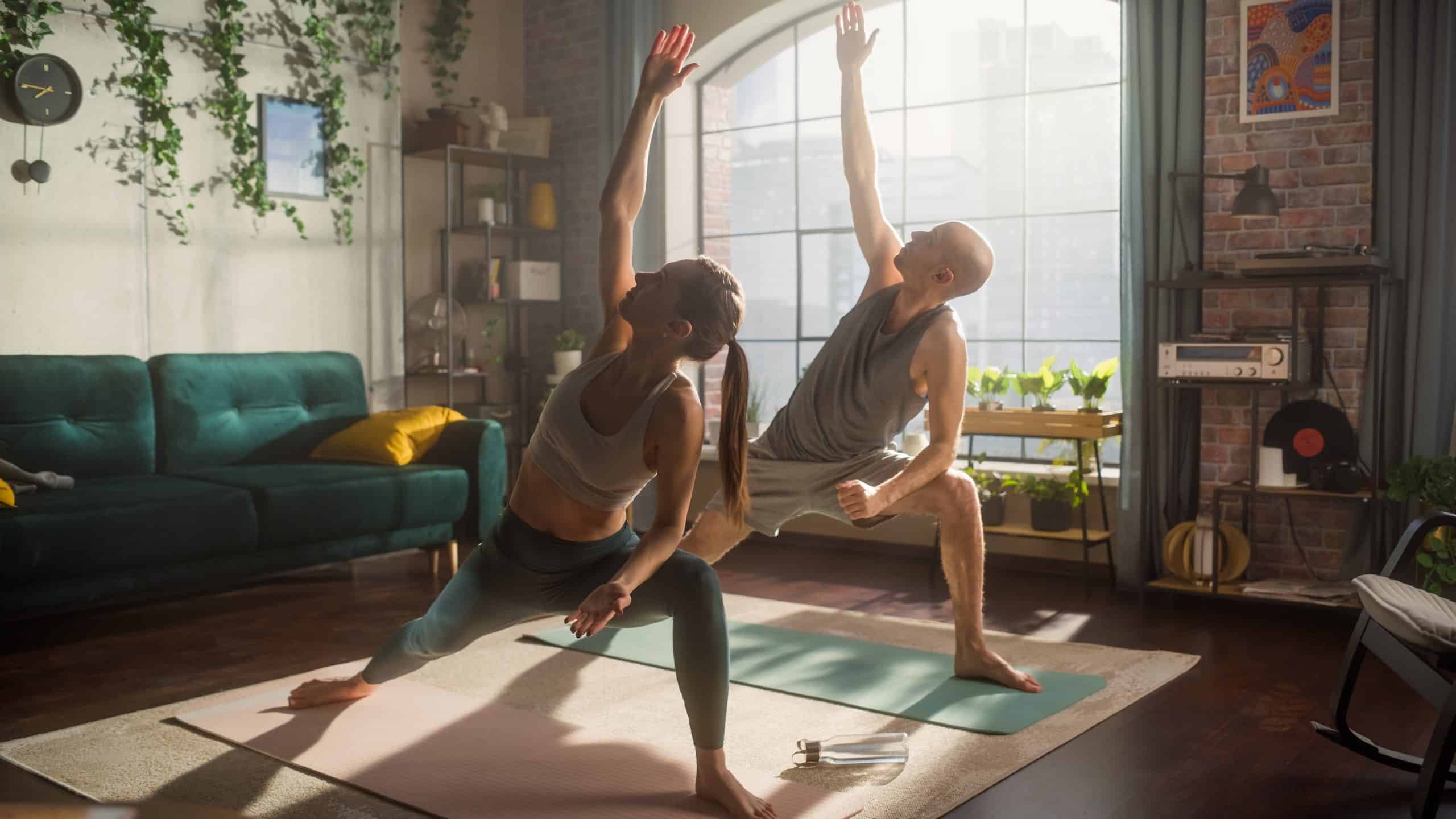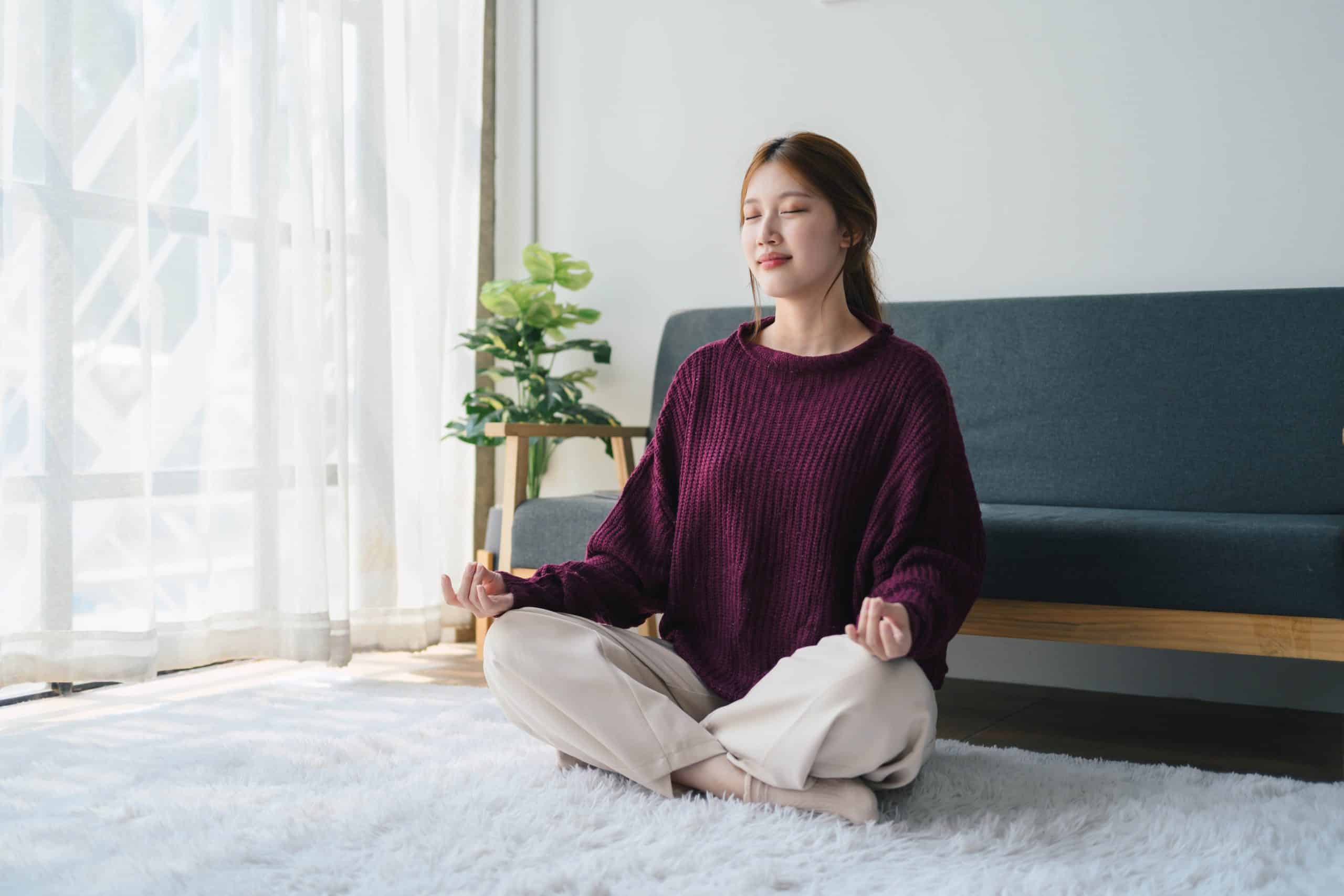Whether you’re an athlete in the prime of your life or a senior citizen just looking to maintain your mobility, compression therapy may be a good option for you. This type of therapy uses pressure to compress and massage the muscles and tissues in order to improve circulation and reduce inflammation. It can be used on any part of the body, but is most commonly used on the legs and feet. In this article, we’ll review the basics of compression therapy and explain how it works. We’ll also discuss the benefits that this type of therapy can offer, both for athletes and seniors.
Get your personalized
meal plan!
How Does Compression Therapy Work?
Compression therapy uses pressure to compress and massage the muscles and tissues in order to improve circulation and reduce inflammation (3).
This can be done with a number of different devices, including compression wraps, sleeves, or stockings. The pressure helps to push the blood and lymphatic fluid through the veins and tissue, which can help to improve healing and reduce swelling (3).
What Are The Benefits Of Compression Therapy?
There are a number of benefits to compression therapy, including:
Improved Circulation
Your circulatory system is responsible for delivering nutrients and oxygen to your cells and removing waste products. Compression therapy can help improve circulation, which in turn can help improve overall health and vitality (7).
For athletes, better circulation can help reduce the risk of developing blood clots (7).
Reduced Swelling
Swelling is often the result of inflammation, which occurs when the body’s immune system responds to an injury or infection (4).
Compression therapy can help reduce swelling by narrowing the blood vessels and preventing fluid from leaking out of the vessels and into the surrounding tissues. This can not only help reduce inflammation, but also speed up the healing process (4).
Enhanced Recovery Time
Compression therapy can also help speed up recovery time after a strenuous workout or injury. The improved circulation and reduced swelling can help reduce muscle soreness and inflammation, and may even help to prevent injuries in the future (6).
Read More: Hot Cold Shower Therapy: Benefits, Risks, And Technique
Improved Mobility For Seniors
As we grow older, our mobility tends to decrease. This is because our bones and muscles lose mass and strength over time. While there are many ways to improve mobility, compression therapy is one of the simplest and most effective (2).
Compression therapy works by applying pressure to the skin. This pressure helps to improve blood flow and circulation, which in turn helps to deliver nutrients and oxygen to the muscles and bones. This can help to improve mobility and reduce inflammation and pain (2).
Better mobility can help seniors stay active and independent, which is important for overall health and wellbeing.
Less Pain And Discomfort Caused By Conditions Like Arthritis
Seniors are prone to joint and muscle pain, as well as other discomforts, due to the natural process of aging. Conditions like arthritis can make even the simplest tasks difficult and painful. Compression therapy is an effective way to relieve pain and discomfort for seniors.
In most cases, compression therapy is used on the affected area for a set amount of time each day. Doing so helps improve blood flow and reduce swelling. It can be applied manually or with a device to relieve pain and discomfort (4).
Compression therapy can also reduce inflammation and swelling, which can speed up the healing process. Additionally, compression therapy can improve circulation and help reduce the risk of blood clots (4).
While over-the-counter medications and other remedies can provide relief for some seniors, others may find more relief through compression therapy.
Improved Blood Circulation During Long Flights
If you’re like most people, you probably dread long flights. Not only do they require a lot of time, but they can also be uncomfortable and even dangerous. One of the dangers of long flights is the risk of developing blood clots.
Blood clots can form in the legs during extended periods of sitting or standing still. This is because the blood flow slows down and the risk of clotting increases. Compression therapy can help to improve blood circulation, which can help reduce the risk of developing blood clots (4).
Improved Blood Flow During Pregnancy
Pregnant women are also at risk for developing blood clots. This is because the increased level of estrogen during pregnancy can make the blood more prone to clotting. Compression therapy can help improve blood flow and reduce the risk of blood clots (4).
Most pregnant women use compression therapy in the form of maternity stockings or socks.
These garments apply pressure to the legs, which helps to improve blood flow and circulation. This can help reduce the risk of developing blood clots, as well as other complications like swelling and varicose veins (4).
If you wish to cinch your waist, tone up your bat wings, blast away the muffin top – our fitness app was created to cater to all your needs! BetterMe won’t give excess weight a chance!
Prevent Blood Clots For People On Bed Rest
People can be put on bed rest for various reasons, such as a health condition or surgery. While bed rest is often necessary, it can also be dangerous. One of the dangers of bed rest is the risk of developing blood clots.
Compression therapy can help to improve blood flow and reduce the risk of blood clots for people on bed rest (4).
Most people use compression therapy in the form of compression stockings or socks. These garments apply pressure to the legs, which helps to improve blood flow and circulation.
Treating Problematic Veins
Visible veins can be a cosmetic concern for many people. In some cases, the veins may be varicose veins, which can be painful and swollen.
When blood pressure increases in the veins, the veins can become enlarged and twisted. This is often the result of faulty valves in the veins.
Compression therapy can help to improve blood flow and reduce the pressure on the veins. This can help to reduce the size of the veins and improve their appearance (4).
This type of therapy can prevent pressure from building up in the veins and causing a venous ulcer. A venous ulcer is a wound that develops on the skin as a result of chronic venous insufficiency (5).
Treating Lymphedema
Lymphedema is a condition that occurs when the lymph nodes are unable to properly drain fluid from the body. This can cause swelling in the arms or legs (2).
Compression therapy is often used to treat lymphedema. It helps to improve blood flow and reduce swelling. In some cases, compression therapy may be the only treatment option for lymphedema (2).
Reduced Appearance Of Cellulite
Cellulite is the bane of many women’s existence. It is the unsightly dimpling of the skin that can occur on the thighs, hips, and buttocks.
There is no one definitive treatment for cellulite. However, compression therapy may help to reduce its appearance. This is because compression therapy can help improve blood flow and circulation. This may help to break down the fat cells that cause the dimpling effect (1).
Improved Blood Flow For Sales People And Others Who Spend Hours Standing
Spending a lot of time on your feet can be hard on the body. Not only does it lead to fatigue, but it can also increase the risk of developing blood clots.
Compression therapy can help to improve blood flow and reduce the risk of blood clots for people who spend hours standing (4).
Most people use compression therapy in the form of compression stockings or socks. These garments apply pressure to the legs, which helps to improve blood flow and circulation. This can help reduce the risk of developing blood clots, as well as other complications like swelling and varicose veins (4).
Read More: Physiotherapy Vs Physical Therapy: Are They The Same Thing?
When Shouldn’t Compression Therapy Be Used?
While compression therapy is generally safe, there are some situations where it should not be used.
Compression therapy should not be used if your condition is so advanced that the compression may impede blood flow. It should also not be used if you have an open wound on your leg.
It’s important to consult with your doctor before starting compression therapy. He or she can help you determine if this type of therapy is right for you.
How Often Should You Do Compression Therapy?
The amount of compression therapy you need will depend on your individual situation. Most people need to do compression therapy at least once a day. However, it may be necessary to do it more often if you are at risk for developing blood clots.
Your doctor will be able to tell you how often you need to do compression therapy and what type of compression stockings or socks are best for you.
Tips For Success While Using Compression Therapy
You’ll get the best results from this type of therapy if you:
Stay Consistent
Wearing compression stockings or socks every day can be a challenge, but it’s important to be consistent. If you only wear them occasionally, they won’t be as effective.
BetterMe is your fast-track ticket to a long-lasting weight loss! Tailor your fitness journey and maximize your results with just a couple of swipes!
Make Sure The Fit Is Right
Compression therapy is most effective when the fit is right. You should consult with your doctor to make sure you are getting the right size and type of compression garment.
If it’s too tight, it can cause pain and other problems. If it’s too loose, it won’t be effective.
Use The Garment For The Right Purpose
Not all compression garments are meant for all activities. Make sure you are using the right one for the activity you are doing. For example, don’t wear a compression garment while running.
Avoid Activities That Cause Heat And Sweating
When you’re wearing compression therapy, it’s important to avoid activities that cause heat and sweating. This is because the heat and sweat can cause the garment to become too tight.
If you’re doing a lot of sweating, it’s important to remove the garment and let it air out. This will help to keep it from becoming too tight.
The Bottom Line
Compression therapy is a safe and effective treatment for a variety of conditions. It helps to improve blood flow and circulation, which can reduce the risk of developing blood clots and other complications.
In some cases, compression therapy may be the only treatment option. It’s important to consult with your doctor before starting compression therapy to determine if it is right for you.
DISCLAIMER:
This article is intended for general informational purposes only and does not serve to address individual circumstances. It is not a substitute for professional advice or help and should not be relied on for making any kind of decision-making. Any action taken as a direct or indirect result of the information in this article is entirely at your own risk and is your sole responsibility.
BetterMe, its content staff, and its medical advisors accept no responsibility for inaccuracies, errors, misstatements, inconsistencies, or omissions and specifically disclaim any liability, loss or risk, personal, professional or otherwise, which may be incurred as a consequence, directly or indirectly, of the use and/or application of any content.
You should always seek the advice of your physician or other qualified health provider with any questions you may have regarding a medical condition or your specific situation. Never disregard professional medical advice or delay seeking it because of BetterMe content. If you suspect or think you may have a medical emergency, call your doctor.
SOURCES:
- Cellulite: does wearing compression hosiery work? (2015, thepmfajournal.com)
- Changes on posttraumatic ankle joint mobility, pain, and edema following intermittent pneumatic compression therapy (1989, pubmed.gov)
- Compression Therapy: Clinical and Experimental Evidence (2012, nih.gov)
- Compression therapy in venous diseases: current forms of compression materials and techniques (2020, nih.gov)
- Diagnosis and Treatment of Venous Ulcers (2010, aafp.org)
- Effects of intermittent pneumatic compression on Delayed Onset Muscle Soreness (DOMS) in Long Distance Runners (2020, nih.gov)
- Venous Thromboembolism Within Professional American Sport Leagues (2017, nih.gov)
